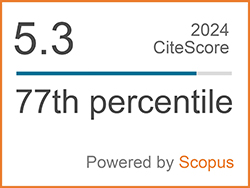The Effects of Façade Design Change on the Heating and Airflow through the Building Skin of Universitas Multimedia Nusantara Tower 3
Abstract
The design of an energy-efficient building is a complex undertaking, and these steps cannot just be performed in sequence; they are, in effect part of an iterative process that’s starts with passive design. Trade-offs inevitably must be made, often because of the client’s requirements and budget. Designed properly, a building with low energy and a low carbon footprint should provide greatly reduced operational costs for minimal or no increase in capital costs. The effects of design change on the completion time of Tower 3 Multimedia Nusantara University construction project is influenced by to the tower’s skin. This skin is the main focus for owner in planning phase of the construction. This case is appealing to be studied further in analyzing the effects of design changes on façade which are related to heat and airflow on the building skin of Tower 3 Multimedia Nusantara University. From the discussion and recommendation, it is concluded that façade design pattern with 39% perforation as outer layer and window-wall of 13 cm thickness with 8 mm of windows give the optimum choice and the lowest operational cost.
Keywords
DOI: 10.14416/j.asep.2020.01.008
Refbacks
- There are currently no refbacks.
 Applied Science and Engineering Progress
Applied Science and Engineering Progress







